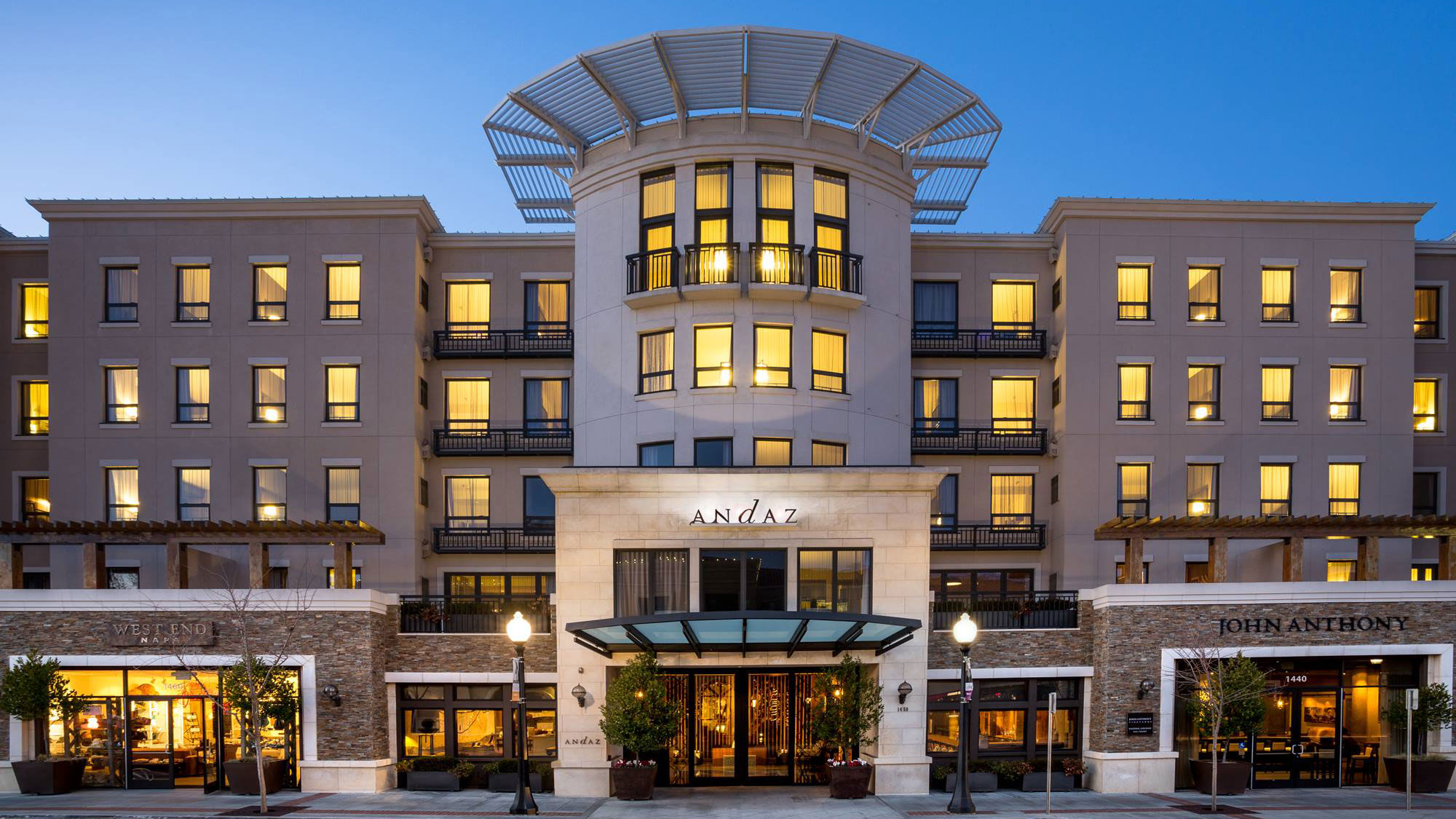
Ten years ago, the city of Napa was a drive-by destination in California’s famous Napa Valley wine region. But following a push to control flooding, a string of public and private investments and the 2014 earthquake that literally shook things up, Napa is in the midst of a dynamic revival that has made it the most visited town in the Napa Valley.
Clay Gregory, president of Visit Napa Valley, said that in the past, “nobody stopped in the city of Napa.” But he added that according to a ranking by Purdue University’s Tourism and Hospitality Research Center of the most popular towns in Napa Valley since 2014, “the No. 1 town visited in the Napa Valley is the city of Napa.”
In the 2012 ranking, the first year Purdue began measuring consistently, Napa came in No. 2 behind St. Helena. Gregory said that earlier data had been derived using different measurements.
According to city officials, several key turning points laid the foundation for the transformation of the city of Napa into a desirable vacation destination.
The first was the city’s decision in the late 1990s to invest in and build a floodwater control system that would prevent the Napa River from repeatedly flooding the city’s businesses.
That system was completed in 2015 and successfully used for the first time this past winter when California experienced significant rainfall following several years of severe drought.
Long before that, it had laid the groundwork for more serious investments in the city, the most notable of which is First Street Napa. Slated to begin opening this fall, First Street Napa is a development project in the downtown that includes a 183-room Archer Hotel as well as 40 shops and restaurants.
Napa’s real awakening arguably dates to the 2007 opening of the 40,000-square-foot Oxbow Public Market, now a buzzing cornerstone of the Napa experience. Another key driver was the revival of two major entertainment venues: the Uptown Theatre, a renovated movie venue that hosts multiple live music shows each week, and the Opera House, which mounts opera, symphony and jazz performances almost nightly.
Together, those two openings effectively transformed Napa from a sleepy city into one with a lively nightlife.
In 2010, Japanese chef Masaharu Morimoto opened his only West Coast outpost, Morimoto Napa, a sake bar and restaurant. And the music, food and wine festival BottleRock Napa Valley launched in 2013, introducing the city to a younger demographic.
In the wake of the quake
Amid all the development and investment, Napa experienced a setback in August 2014 when a 6.1-magnitude earthquake destroyed several historical buildings downtown and damaged inventory and infrastructure throughout the city and surrounding region.
But according to Napa mayor Jill Techel, the earthquake brought Napa residents together in a spirit of support and perseverance, and what emerged was a city that showcased its resilience both internally and to outside investors.
After the earthquake, she said, “Things just got done very quickly, and people invested quickly to get us back up and running. We all hung together. There was this feeling of ‘we can do it together … and we’re all going to work together to get back on our feet.’ There was a general sense of Napans feeling close to each other and connected to each other.”
Techel added that outside investors “have now seen a city that can weather a disaster and get back up on its feet.”
Indeed, today, little to no sign remains of the earthquake. The Andaz Napa and Westin Verasa Napa hotels, which were both forced to close following the quake, are up and running, and the majority of the historical buildings downtown that were damaged have attracted investors who are tackling their renovation.
Elsewhere in the city, the Culinary Institute of America this spring opened the CIA at Copia, which hosts cooking classes, tastings and events and has an on-site restaurant and shop. And San Diego’s Stone Brewing is renovating a 10,000-square-foot historical building in the center of the city that will include a 10-barrel brewing system, a tap room and on-site dining.
According to Visit Napa Valley’s Gregory, not only has the city of Napa become a top-notch drinking, dining and entertainment hub, it has significantly amped up its shopping game, too.
He said that shopping never used to rank among the things that people came to the city to do, but today, it trails only wine tastings, dining and winery tours as the top lures in Napa Valley.
“There was nothing to do in Napa when I moved here,” said Gregory, who arrived in the 1990s. “That’s changed dramatically. Now people are stopping here.”
Source:Travel Weekly




